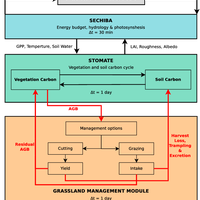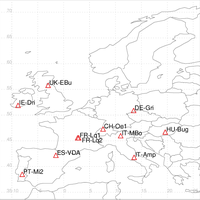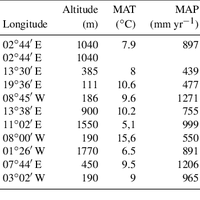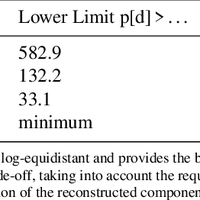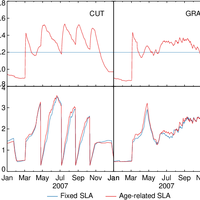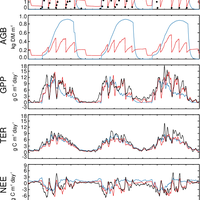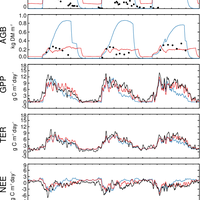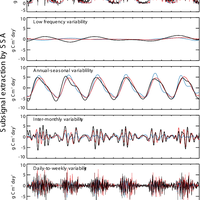Abstract
This study describes how management of grasslands is included in the Organizing Carbon and Hydrology in Dynamic Ecosystems (ORCHIDEE) process-based ecosystem model designed for large-scale applications, and how management affects modeled grassland-atmosphere CO2 fluxes. The new model, ORCHIDEE-GM (grassland management) is enabled with a management module inspired from a grassland model (PaSim, version 5.0), with two grassland management practices being considered, cutting and grazing. The evaluation of the results from ORCHIDEE compared with those of ORCHIDEE-GM at 11 European sites, equipped with eddy covariance and biometric measurements, shows that ORCHIDEE-GM can realistically capture the cut-induced seasonal variation in biometric variables (LAI: leaf area index; AGB: aboveground biomass) and in CO2 fluxes (GPP: gross primary productivity; TER: total ecosystem respiration; and NEE: net ecosystem exchange). However, improvements at grazing sites are only marginal in ORCHIDEE-GM due to the difficulty in accounting for continuous grazing disturbance and its induced complex animal-vegetation interactions. Both NEE and GPP on monthly to annual timescales can be better simulated in ORCHIDEE-GM than in ORCHIDEE without management. For annual CO2 fluxes, the NEE bias and RMSE (root mean square error) in ORCHIDEE-GM are reduced by 53% and 20%, respectively, compared to ORCHIDEE. ORCHIDEE-GM is capable of modeling the net carbon balance (NBP) of managed temperate grasslands (37 ±30 gC m-2 yr-1 (P < 0.01) over the 11 sites) because the management module contains provisions to simulate the carbon fluxes of forage yield, herbage consumption, animal respiration and methane emissions.
Figures
Register to see more suggestions
Mendeley helps you to discover research relevant for your work.
Cite
CITATION STYLE
Chang, J. F., Viovy, N., Vuichard, N., Ciais, P., Wang, T., Cozic, A., … Soussana, J. F. (2013). Incorporating grassland management in ORCHIDEE: Model description and evaluation at 11 eddy-covariance sites in Europe. Geoscientific Model Development, 6(6), 2165–2181. https://doi.org/10.5194/gmd-6-2165-2013

